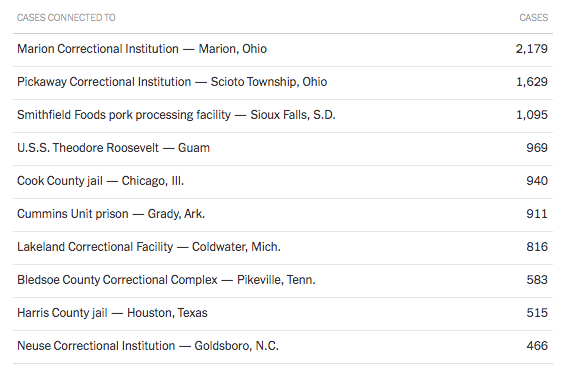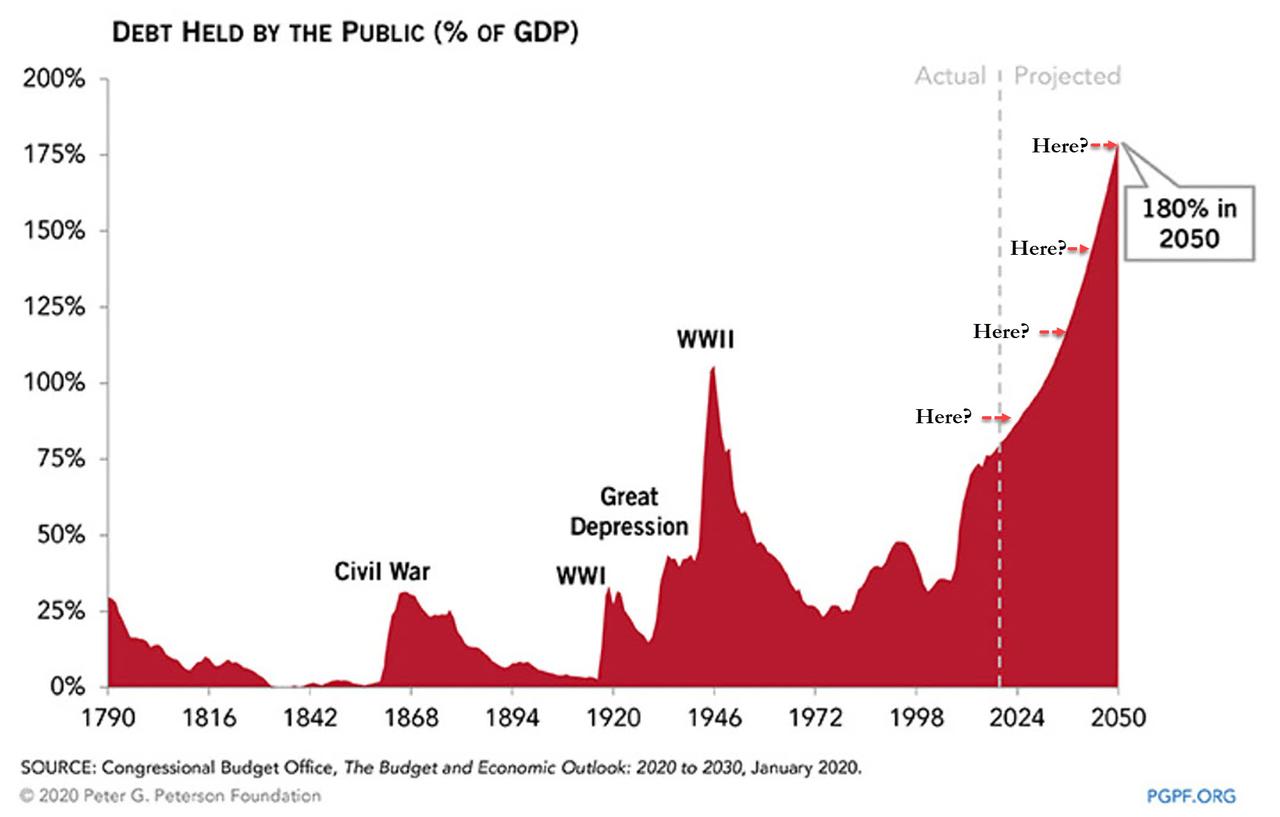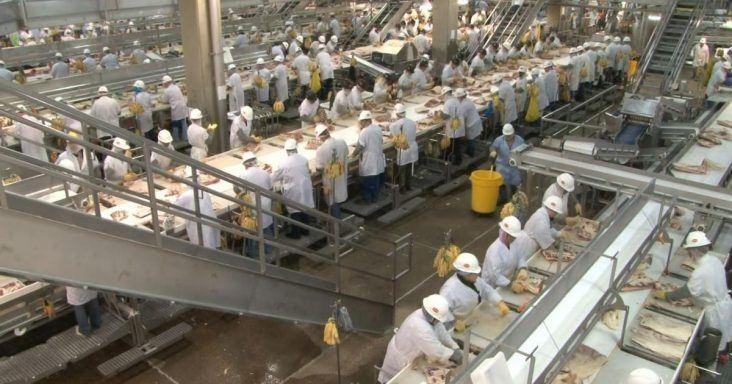An unintended consequence of states’ emergency closures of restaurants during the coronavirus pandemic is that the truck drivers rushing food, medicine, and masks across the country aren’t able to find a decent meal on the road.
To make these drivers’ lives easier, federal regulators have temporarily eased existing restrictions on food trucks operating at highway rest stops. But that move has faced resistance from truckstop owners and state governments who’ve long opposed any commercialization of rest stops, and who are not keen on peeling back their own protectionist regulations.
Stories of restaurant closures frustrating truckers‘ attempts to grab lunch have been a staple of local media’s coverage during the pandemic. While truck stops remain open, many of the restaurants at those stops are closed; allowing traditional restaurants to offer delivery, carryout, and drive-thru doesn’t help truckers whose rigs are too large for restaurant parking lots and drive-thru windows.
“That access to food, access to bathroom facilities, those are two of the things we heard about very early on in all of this. And it’s still is a concern,” says John Espinoza, president of the Texas Trucking Association (TXTA). “I’m in Austin Texas. All the places I have picked up food, none of the places a truck could get in and out of.”
“Let’s say if you have a Taco Bell that’s only doing drive-thru and trucks can’t fit through there, and they have a policy of not providing service to anyone not in a vehicle, that’s going to be a problem,” Norita Taylor of the Owner-Operator Independent Drivers Association told Reason back in March.
To be eligible for federal highway funding, states are prohibited from allowing commercial activity at Interstate Highway rest stops. In early April, the Federal Highway Administration (FHWA) announced that it would be waiving this regulation for the duration of the national emergency President Donald Trump declared on March 13.
“Food trucks may provide vital sustenance for interstate commercial truck drivers and others who are critical to the Nation’s continued ability to deliver needed food and relief supplies,” said the FHWA in an April 3 announcement. “Vending machines may not be adequate to provide the necessary sustenance, and in many cases the vending machines may not be regularly stocked at the present time.”
This announcement, while welcomed by many in the trucking industry, still requires states to take action to lift the food truck prohibitions they’d imposed at the behest of federal regulators.
According to the Institute for Justice, 10 states have followed through and lifted their own restrictions on food trucks, including California, Idaho, Arizona, and Arkansas. Louis Campion of the Maryland Motor Truck Association says Maryland had lifted restrictions at rest stops along I-95 as well.
Other states have yet to act, however, and there is already some resistance to federal highway regulators’ move from associations representing truck stops and restaurants.
In early April, a coalition including the National Association of Truck Stop Owners (NATSO) and the National Restaurant Association (NRA) sent a letter to the agency asking that the waiver of enforcement against commercial activity at rest stops not expand beyond food trucks, and that it be swiftly withdrawn at the end of the emergency.
“We hope that FHWA’s non-enforcement directive does not result in foodservice transactions being redirected to food trucks from nearby rest area vending machines or struggling off-highway businesses, but rather that food trucks operate solely at rest areas that are located on stretches of the Interstate where there are no open foodservice operations in close proximity that are available to truck drivers,” reads the coalition’s letter.
NATSO has long been a critic of commercialized rest stops, saying on its website that “interchange businesses cannot compete with commercialized rest areas, which are conveniently located on the highway right-of-way, and would create a de facto monopoly in favor of businesses operated out of rest areas.”
Concerns that allowing food trucks at rest stops would lead to a loss of business for truck stops—particularly now when many are seeing a drop off in business or being forced to close their dining areas—is causing some state departments of transportation (DOTs) to shy away from lifting their own restrictions on food trucks.
Crystal Collins, president of the North Carolina Trucking Association, says there was some discussion about allowing food trucks at rest stops in her state, while potentially limiting their operations to areas with few other food service options.
However, she says there was little interest in this idea at the state’s DOT because of its potential to take business away from established truck stops, and because it would require an act of the legislature. “They don’t want to hinder or take business away from the truck stops that are open,” Collins says.
A spokesperson for the North Carolina DOT wrote in an email that the department “will not pursue allowing food trucks at rest areas because state law prohibits commercial activities inside the right of way.”
Jessica Gandy, an attorney at the Institute for Justice, says that according to her analysis, North Carolina’s DOT could waive food truck restrictions on their own initiative. “It’s fully in the purview of their DOT to do it. They do have the power to waive that ban if they choose to, but also the governor could do it by issuing an executive order,” she says.
In addition to being bad policy, Gandy argues that bans on food truck service could be unconstitutional as well.
“There is a protectionist element. Their concerned that if other economic activities start happening at those rest areas, other nearby businesses, existing businesses will suffer, because customers may prefer to eat at food trucks,” Gandy says. “Restricting consumer choice so a private party can make money is plainly unconstitutional.”
The Institute for Justice has sued local governments over their protectionist food truck restrictions prior to the pandemic. Last week, they sent letters to a number of state DOTs asking them to suspend food truck restrictions at rest stops.
Lifting these restrictions is only part of the battle. Food truck operators and their advocates have said there is still a need for coordination with state DOTs to get temporary permits and secure parking at rest stops.
“Who cares if Ohio opens up spots, if they don’t have any sort of registry, schedule or way to get the information out to drivers. There has to be coordination. No state wants to do that,” Matt Geller of the National Food Truck Association said to Transportation Topics.
Logistical concerns about parking have factored into Texas regulators deliberations on allowing food trucks at rest stops, Espinoza says. The TXTA has been in talks with regulators about opening up rest stops for food service for several weeks now, and he expects some sort of regulatory waiver to be issued within the next week.
That will allow some more choices for drivers.
“What we are talking about is giving the truckers some more choices,” Espinoza says. “the truck driver hasn’t changed what he or she is doing. They’re out there delivering every day anyway. Let’s get these men and women more options.”

from Latest – Reason.com https://ift.tt/3aNwvK8
via IFTTT
 Other clusters include Lakeland Correctional Facility in Michigan, where more than 600 inmates have
Other clusters include Lakeland Correctional Facility in Michigan, where more than 600 inmates have 


